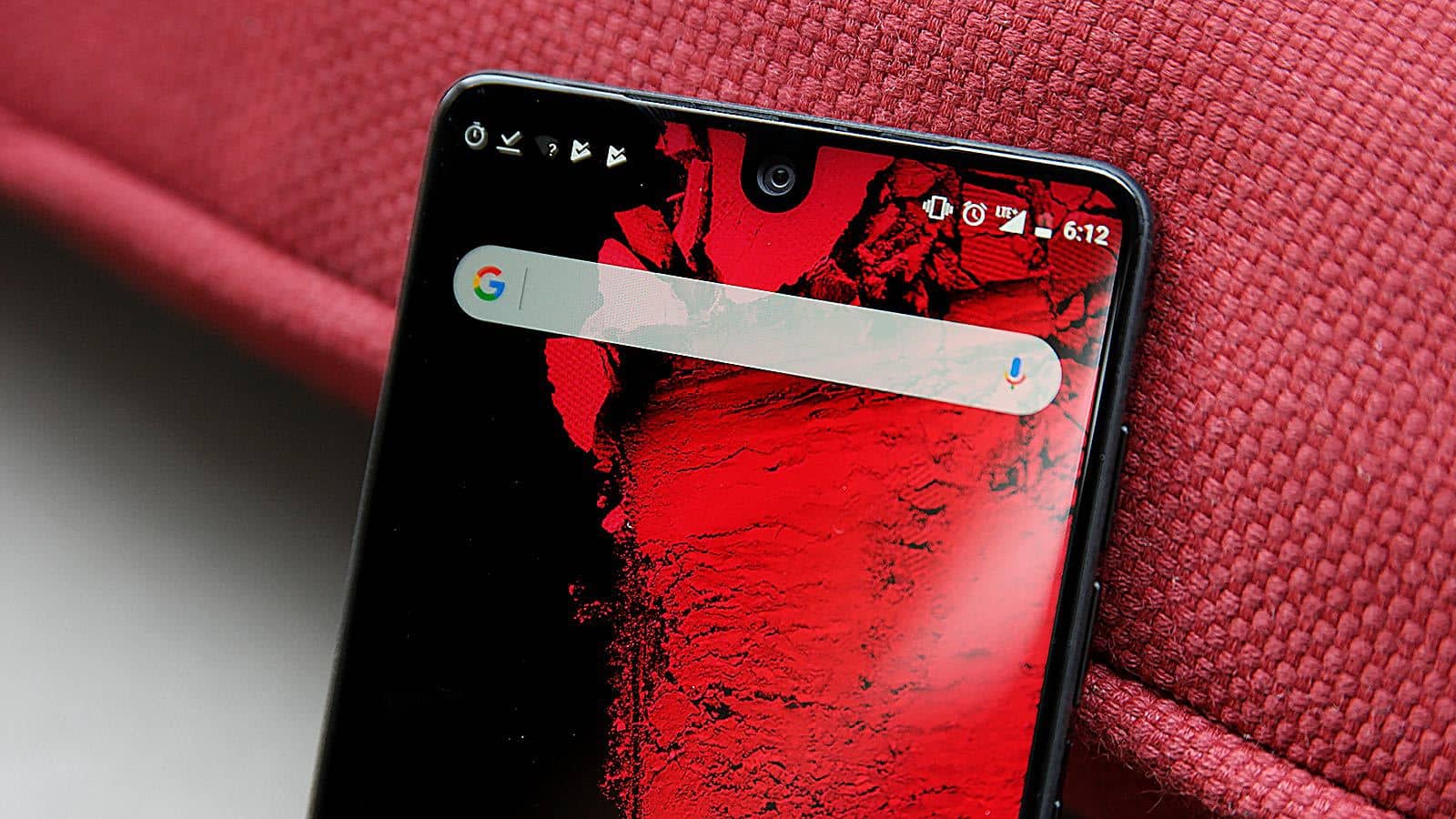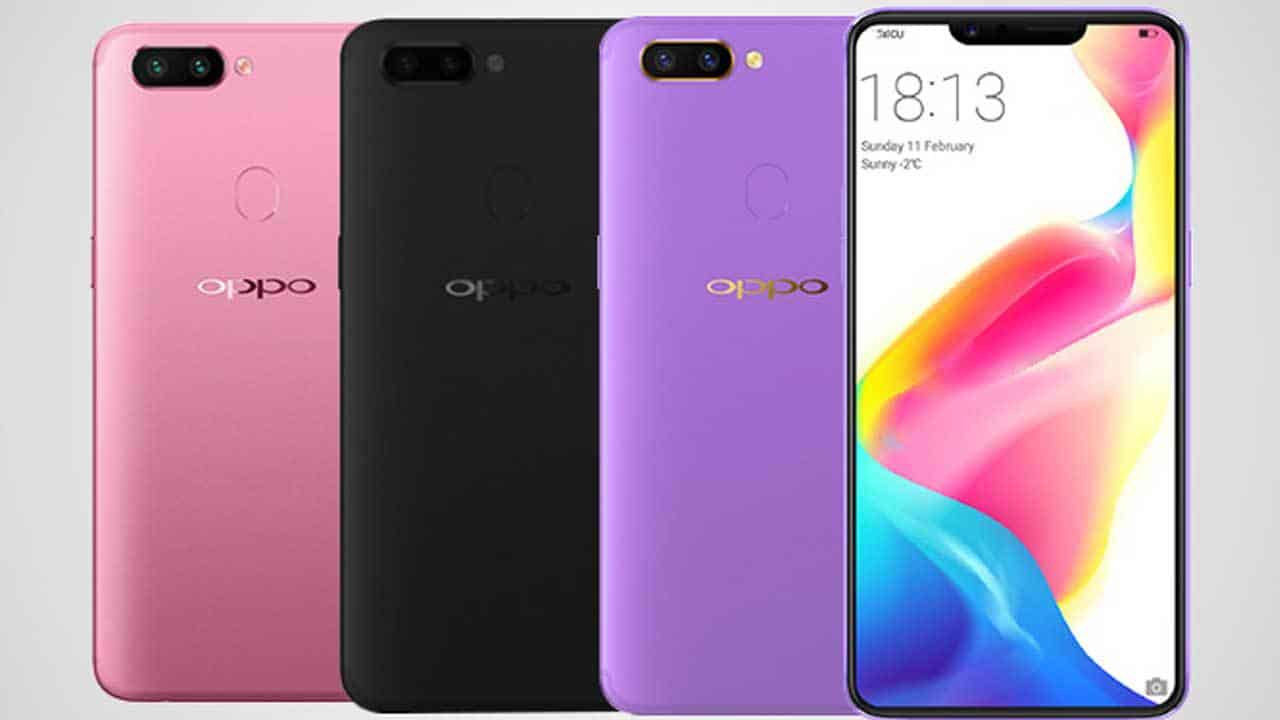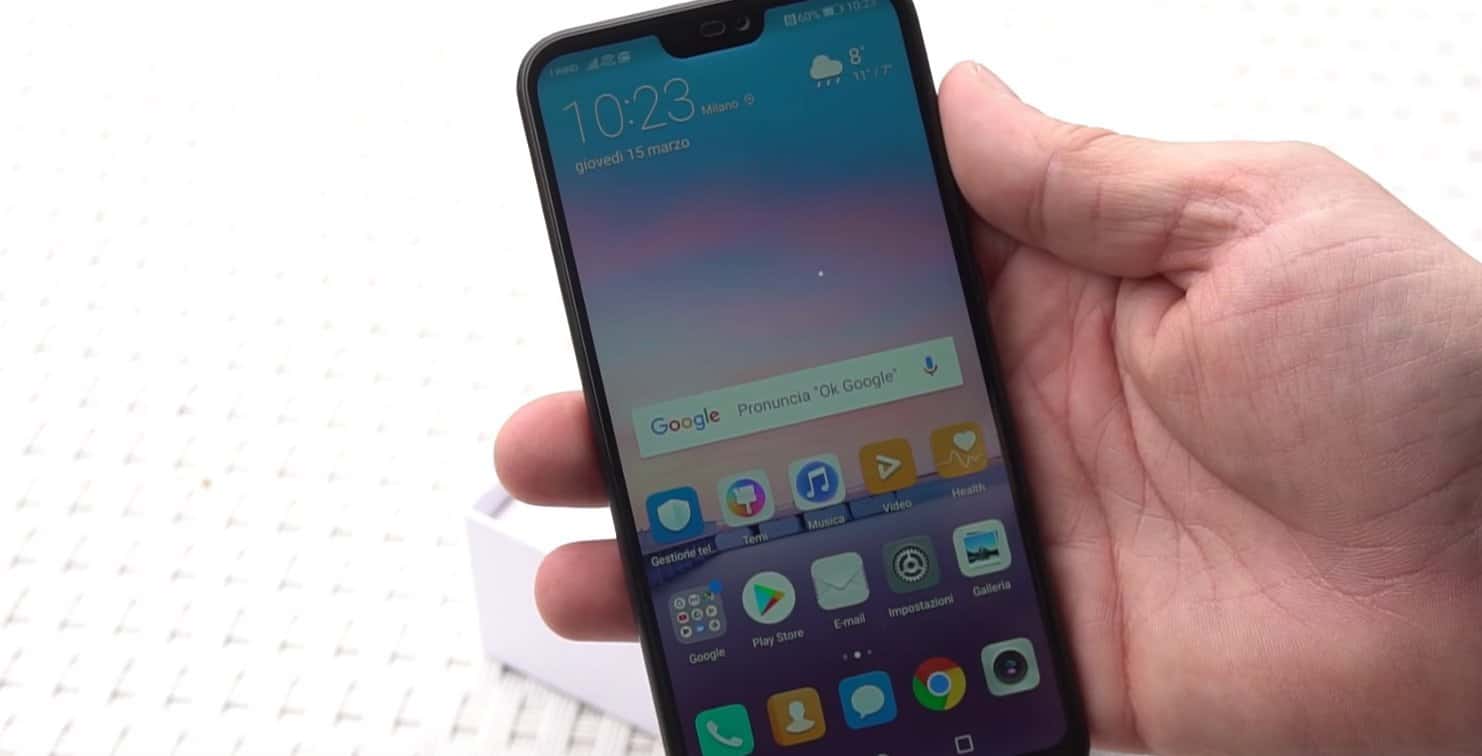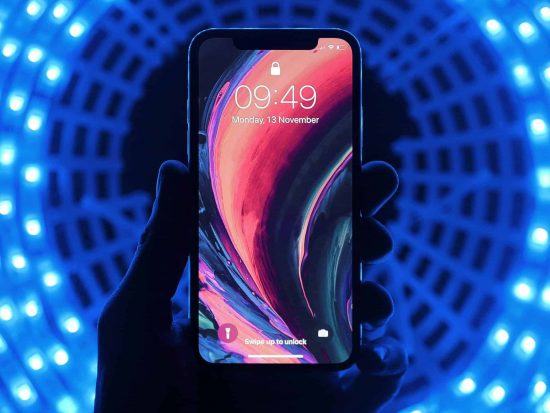A notch was introduced last year on the iPhone X, which was one of the most anticipated phones of the year, and with that, Apple went a step ahead of others in terms of innovation. They’ve completely removed the Touch ID and replaced it with the Face ID, which is a way to authenticate the user’s identity. It maps the user’s face and matches it whenever the user tries to unlock the device. But now, as we have stepped into 2018, there are many phones out there running on Android, that comes with the top-notch. ASUS Zenfone 5 and LG G7 are the most prominent ones, because of the brand image ASUS and LG have worldwide.
There are phones from Chinese manufacturers, which are not so well known outside Asia, like the Oppo R15, Huawei P20, Leagoo S9, Ulefone T2 Pro, Doogee V, and a few other upcoming devices from some other Chinese manufacturers. But wait, what’s the use of that notch? Ever wondered why Apple introduced Face ID when Touch ID was already a useful mode of authentication? Now, all of a sudden, why are some manufacturers adding that notch? Do they serve any purpose, or it’s just a trend of copying Apple? Well, let’s know more about the notch paradox.
Top Notch on iPhone X – What’s the Story behind it?
The reason behind the notch on iPhone X was simple. Apple put an IR Light, Dot Projector, and an IR camera. When the IR camera sees a face, the dot projector flashes a predefined pattern consisting of 30,000 dots. The camera takes a photo and that the 2D picture is turned into a 3D model by calculating the coordinates of the dots. It is then matched with the value stored on the A11 Bionic chip, and if the value stored on the chip matches the values of the 3D model created during the unlocking process, the phone unlocks! Phew…
By the time you’re reading this process, you could unlock the iPhone X a couple of times, as it’s blazingly fast. So, Apple tried to maximize the display and minimize the waste of space (HTC…..cough…cough), and by adding that notch on top of the screen, they could come up with Face ID housing the sensors, projector and camera there at the notch. And yes, there is the front-facing camera, ambient light and proximity sensor, the microphone and speaker as well.
But wait, Apple isn’t the first to add that notch on top of the display. Essential PH-1, the brainchild of Andy Rubin, came with a notch– a much smaller notch. But, that was also done on purpose to put the front-facing camera, thereby minimizing the bezel on top. The Essential PH-1 also has some design and engineering elements that entirely stand out in the crowd. The universal connector on the back which can make the phone record 360-degree videos just by clipping a tiny camera. Modular phones aren’t a reality yet, and it doesn’t seem that it will be possible this year as well, but LG and Motorola tried to extend a device’s utility by adding mods. The Moto Z Series is still considered to be the right choice for many who would like to spend a bit extra for some extra battery life, a Hasselblad camera, a portable projector. Now, all these were done on purpose.

But why so many Android phones are now arriving with that notch? Is it an Apple Design Hangover? Or can these phones do something extra than others not having a notch?
Now, jumping into the bandwagon of that notch, ASUS Zenfone 5 is one of the first ones to be officially available in the market, and well, ASUS seems to have utilized the notch to put the speakers, sensors, and camera there, but well it’s okay because the notch isn’t useless and is eligible for being ‘a piece of shit’ by iSheeps!

Now, the Oppo R15 and R15 Plus follow the similar trend, but R15 has got some more tricks like when someone is playing a game and holding the phone in a horizontal position, on swiping the part on the top of the notch, select apps pop out while swiping right the bottom of the notch shows shortcuts for screen recording, screenshots, and DND mode. So, Oppo is trying to pull some tricks off using the sensors hidden in that notch, and combining that will the software to deliver more convenience.

Huawei is somewhat secretive in this case. Although we have seen some renders of Huawei P20, it is not clear yet what they are doing with the notch or how they are going to utilize that extra bit of space to put some stuff inside.

Notch Phones From Other Chinese OEMs:
Now, some Chinese manufacturers have pulled this off faster than any major manufacturers out there, and Leagoo is one of them as they launched the Leagoo S9 with the following slogan- ‘World’s First Android Notch Display Smartphone.’ This sums up quite nicely how the Android manufacturing is being influenced by iPhone, where even big companies like Google scrambles down, after mocking Apple for removing the headphone jack and doing the same shit for the Pixel 2. Leagoo claimed that the notch on the Leagoo S9 has the essential sensors and ‘tech’ that enables the phone to have Face Unlock feature, which is capable of unlocking the phone under 0.1 seconds. Well, I don’t have a Leagoo S9 phone, so I can’t say how good or bad it is, but, Leagoo tried to be the pioneer in Android phones with a design consisting of a notch.
After Leagoo, Ulefone T2 Pro came up with a similar design and, well, also implemented the in-display fingerprint scanner, along with a massive 6.7-inch display, so quite a cool device that won’t hurt your wallet at all. The Ulefone T2 Pro was showcased at MWC and is expected to hit the stores in a couple of months. Doogee V is another device following the same trend as a notch and the fingerprint scanner.
Here’s something that might interest you. The phones from these small Chinese phone makers hold a lot in terms of raw specs like 8GB RAM and 128GB internal memory, in-display fingerprint scanner, and the notch, which the manufacturers claim to make the phone enable faster phone unlocking experience with Face Unlock.

So, by now, you’d have understood the whole story of ‘The Notch Paradox.’ In simpler terms, every OEM wants to give a seamless experience of bezel-less, and that’s why they’re following what Apple did on iPhone X. But concept phones like Xiaomi Mix, Vivo Apex are quite different. They didn’t use the notch but gave the true-bezel-less experience. It might take a lot of time for other OEMs to adopt the technology used in these two concepts. So, for now, I’d say that you have to adjust to this change. Even the latest Android ‘P’ is getting adapted to this notch.
But one thing is right – It’s already proven that Apple’s Face ID is precise, secure, and fast. It’s way more ahead than any other facial recognition technology used in these Android phones. They stacked a lot of components and sensors right into the notch, whereas, in all these Android phones, we mostly see a speaker and sensors being installed there along with the front-facing camera. But at the same time, these phones cost a fraction of what anyone would pay for an iPhone X. So, I guess we shouldn’t complain much about this, as adding that notch enables the smartphone makers to fit an edge-to-edge display, and sometimes, they can add some gesture-based commands and settings that a user can access without digging down much.











